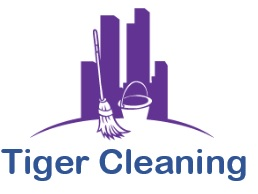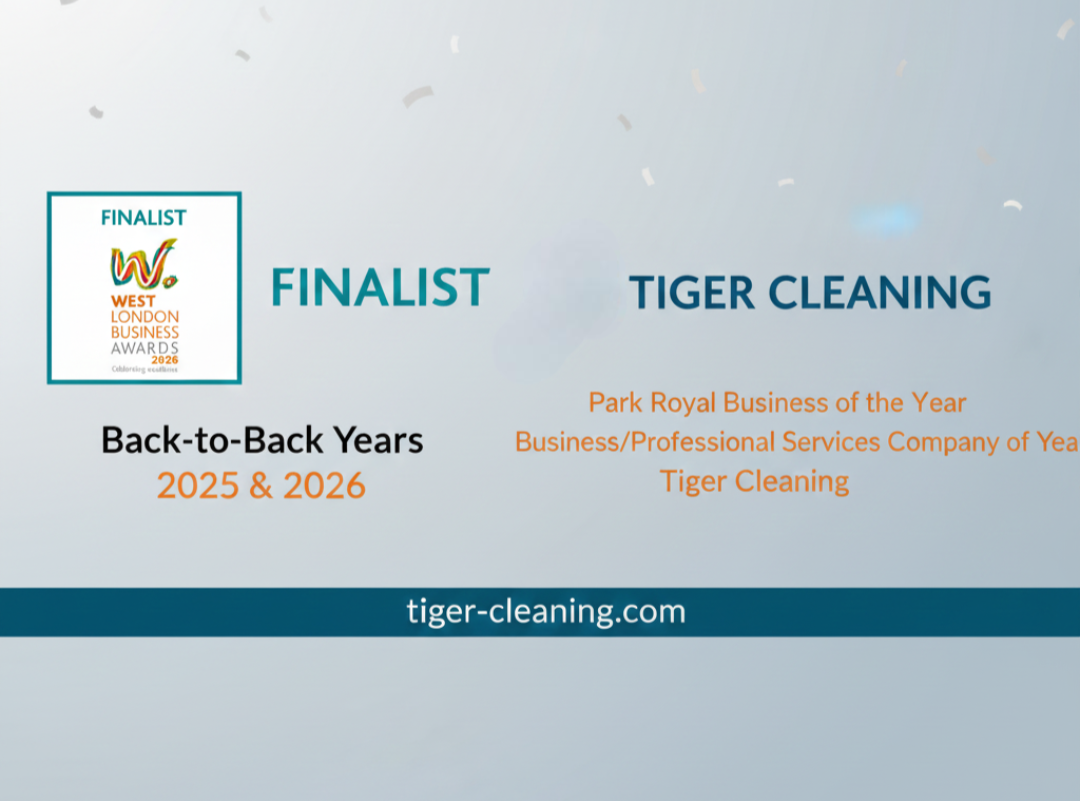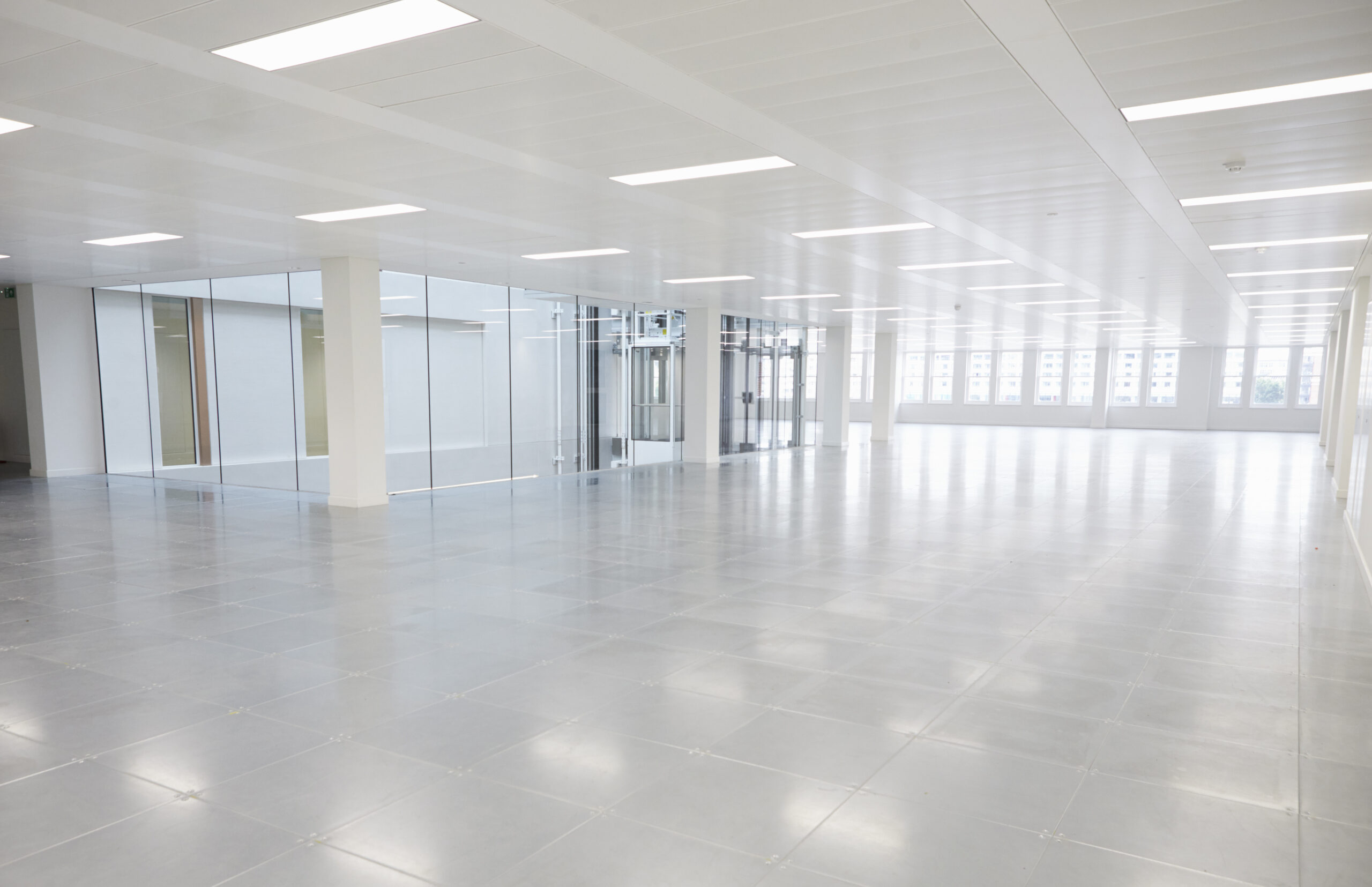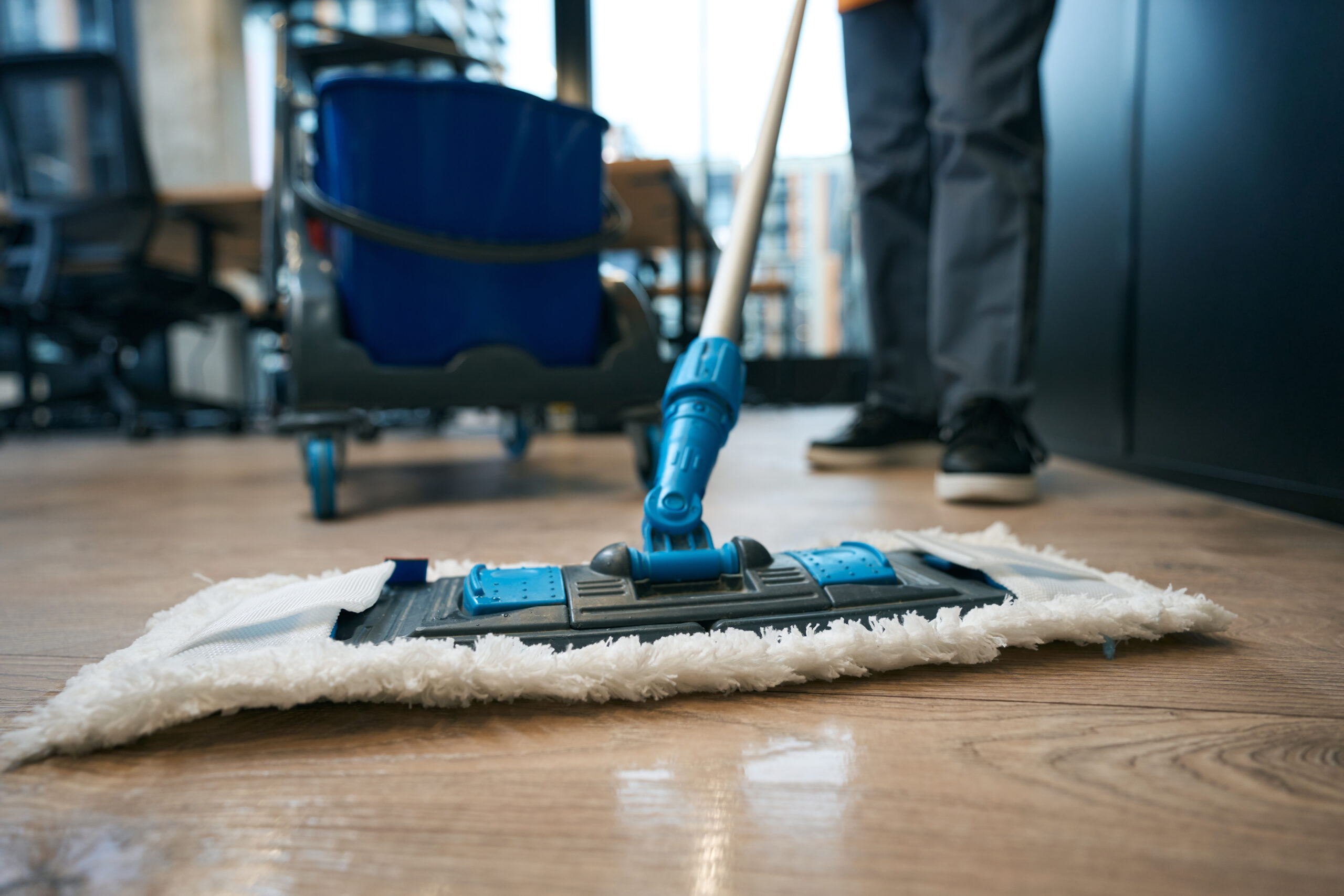Keeping an office clean and hygienic is crucial for maintaining a productive workspace. However, with busy schedules and limited resources, it can be challenging to keep up with cleaning an office effectively. Implementing efficient cleaning strategies allows businesses to keep their office space clean without excessive effort or costs. This article explores various techniques and best practices for optimizing office cleaning and promoting a sanitary, distraction-free workplace.
Assessing Cleaning Needs
The first step in crafting an efficient office cleaning plan is assessing the specific needs of your workspace. Consider the following factors:
- Office layout – The design, furniture and flow of your office space impacts how cleaning can be carried out effectively. Pay attention to high traffic areas and surfaces that accumulate more dirt and germs.
- Number of employees and visitors – The number of people using the office daily affects how quickly it gets dirty and cleaning requirements. A higher headcount necessitates more frequent and thorough cleaning.
- Office environment – Factors like whether there are indoor plants, pets, food prep areas or an attached warehouse can mean specialized cleaning needs.
- Usage of different areas – Areas like meeting rooms, breakrooms and restrooms may need cleaning at different frequencies than cubicles or storage spaces based on their usage.
- Regulatory requirements – Some industries have regulatory cleanliness standards that office cleaning must adhere to such as in healthcare and manufacturing.
- Employee sensitivities – Be aware of any allergies to chemicals or materials that cleaning supplies must accommodate.
Conducting a walkthrough audit of your office space and processes can reveal cleaning priorities specific to your business. This informs creation of a customized cleaning plan.
Establishing Cleaning Schedules and Checklists
Once an office’s unique cleaning needs are determined, establishing scheduled cleaning tasks creates structure and accountability. Cleaning checklists and schedules optimize results by detailing:
Daily Cleaning
- Emptying trash bins and recycling
- Vacuuming high traffic areas
- Sweeping and mopping floors
- Cleaning restrooms
- Tidying waiting rooms and lobbies
- Wiping down tabletops and counters
- Disinfecting shared surfaces and handles
- Restocking supplies like soap and paper towels
Weekly Cleaning
- Dusting surfaces and fixtures
- Cleaning walls, baseboards and paneling
- Cleaning windows and mirrors
- Disinfecting telephones, keyboards and electronics
- Vacuuming upholstered furniture
- Scrubbing floors thoroughly – Cleaning indoor plants and decor
Monthly Cleaning
- Washing wastebaskets and trash bins
- Dusting vents, lighting and overhead spaces
- Polishing and resealing floors
- Shampooing upholstered furniture
- Deep cleaning restrooms
- Wiping down doors and cabinets
- Cleaning light fixtures and changing bulbs
Tailor cleaning checklists to needs analysis and assign time frames for completion whether daily, weekly, monthly or quarterly. Post checklists prominently to track progress. Update as needs change.
Using Efficient Supplies and Equipment
Using the right supplies and equipment improves productivity and results for office cleaning staff. Consider these tips:
- Color coded microfiber cloths – Different colored cloths designated for restrooms, kitchens, cubicles etc. to avoid cross contamination.
- Ergonomic tools – Long handles, and easy to maneuver vacuum heads and mops reduce strain and effort.
- HEPA filtered vacuums – Powerful vacuums with advanced filtration trap dust and allergens rather than redistributing into air.
- Portable caddies – Caddies equipped with all supplies for a specific area’s cleaning allow tasks to be completed efficiently without leaving and re-entering areas.
- Backpack vacuums – Lightweight, compact backpack vacuums increase mobility and reduce fatigue for cleaner.
- Pressurized water hoses – Power sprayers clean surfaces like parking lots faster and more thoroughly than manual scrubbing.
The right cleaning tools minimize labor requirements and maximize productivity during each shift.
Using Green Cleaning Supplies
Green cleaning uses environmentally friendly and hypoallergenic cleaning products for a safer, healthier workplace. Benefits of green cleaning supplies include:
- Reduced VOC off gassing – Low VOC (volatile organic compounds) cleaners minimize fumes and air pollution.
- Non-toxic ingredients – Green cleaners avoid toxic ingredients like ammonia, bleach, phosphates, and formaldehyde.
- Safer for cleaners – Eco-friendly supplies expose staff to fewer irritants and reduce risks of sensitivity.
- Less waste – Green cleaners come in concentrated formulas to reduce plastic waste from bottles. Many come in biodegradable packaging.
- Cost savings – Concentrated cleaners have higher dilution rates, lasting longer per bottle. They enable efficient use of supplies.
Look for green cleaners certified by organizations like Green Seal and Environmental Working Group for rigorous vetting. Start phasing them into your stock for a more sustainable cleaning process.
Hiring a Professional Cleaning Service
Professional office cleaning services are experts at performing thorough cleaning efficiently. Their skills and equipment allow them to complete exhaustive cleaning tasks in less time. Benefits of hiring pro cleaners include:
Consistent quality – Contracted cleaners maintain high standards rather than quality fluctuating with staff turnover.
Fewer distractions – Allowing a dedicated service to clean frees up employee time for core work.
Cost efficiency – The economies of scale that professional services enjoy make their prices competitive for the level of service.
Equipped personnel – Cleaning staff utilize equipment and expertise that would cost considerably more to acquire internally.
When shopping for services, look for:
- Customized cleaning – They tailor schedules and checklists to your office needs.
- Training certifications – Cleaners complete instruction on techniques, tools and cleaning solutions.
- Green supplies – Environmentally friendly cleaning options align with your sustainability objectives.
- Liability insurance – This coverage protects you in the event of incidents during their service.
Cleaning services enable high quality outcomes without burdening internal resources.
Promoting Employee Participation
Making cleaning a shared responsibility among staff fosters greater participation and ownership in office hygiene. Ways to encourage employee collaboration include:
- Hold informal 5-10 minute clean up sessions at end of the week where everyone tidies their space.
- Schedule monthly volunteer clean up crews to handle deeper cleaning tasks together.
- Alternate daily cleaning of shared kitchens and breakrooms between different groups.
- Offer rewards like gift cards or extra PTO for participation to motivate.
- Set policies for food storage and waste to minimize pests, spills and odors.
- Send routine reminders about proper disposal of trash, recycling and composting.
- Note positive impacts like less illness and better air quality when participation improves.
Everyone doing small cleaning tasks lightens the load without much individual effort. It also builds camaraderie, making cleaning feel like a shared goal.
Adapting Strategies Over Time
As needs and circumstances change, office cleaning plans must stay nimble. Ways to continually optimize cleaning include:
- Solicit employee feedback on build up of dirt in certain areas or desired improvements. Look for consensus issues to address.
- Evaluate latest innovations in supplies, equipment and cleaning approaches for potential enhancements.
- Track metrics like square feet covered per man hour to quantify areas for efficiency gains.
- Inspect spaces periodically even after cleaning, to catch any missed spots proactively.
- Meet with cleaners regularly to identify any problem areas and brainstorm solutions.
- Adjust schedules to increase frequencies for quick build up areas and reduce frequencies for those that stay cleaner longer.
- Revise checklists based on changing office layouts, business needs and staffing.
Keeping strategies aligned to evolving requirements ensures that cleaning efforts consistently match needs.
Key Takeaways
The strategies covered, from conducting needs analysis to hiring professionals, illustrate best practices that enable efficient, cost effective cleaning of office environments. Some key points include:
- Assess the unique layout, staffing, regulatory and usage factors of your work environment to inform cleaning priorities.
- Create structured cleaning checklists and calendars tailored to daily, weekly and monthly needs.
- Equip cleaning staff with ergonomic tools and supplies designed for maximum productivity.
- Utilize green cleaners that get the job done with less environmental impact.
- Professional cleaning services can efficiently handle intensive cleaning with experts.
- Promote employee participation through quick clean ups and chore rotations.
- Continuously adapt cleaning schedules and techniques to stay aligned with changing needs.
A clean office reduces health risks, absenteeism, odors, contamination, distractions and pests that hurt productivity. By approaching office cleaning strategically, businesses can enjoy cleanliness without the headaches. Implementing the strategies here allows organizations to sustain tidy offices that support their goals.





